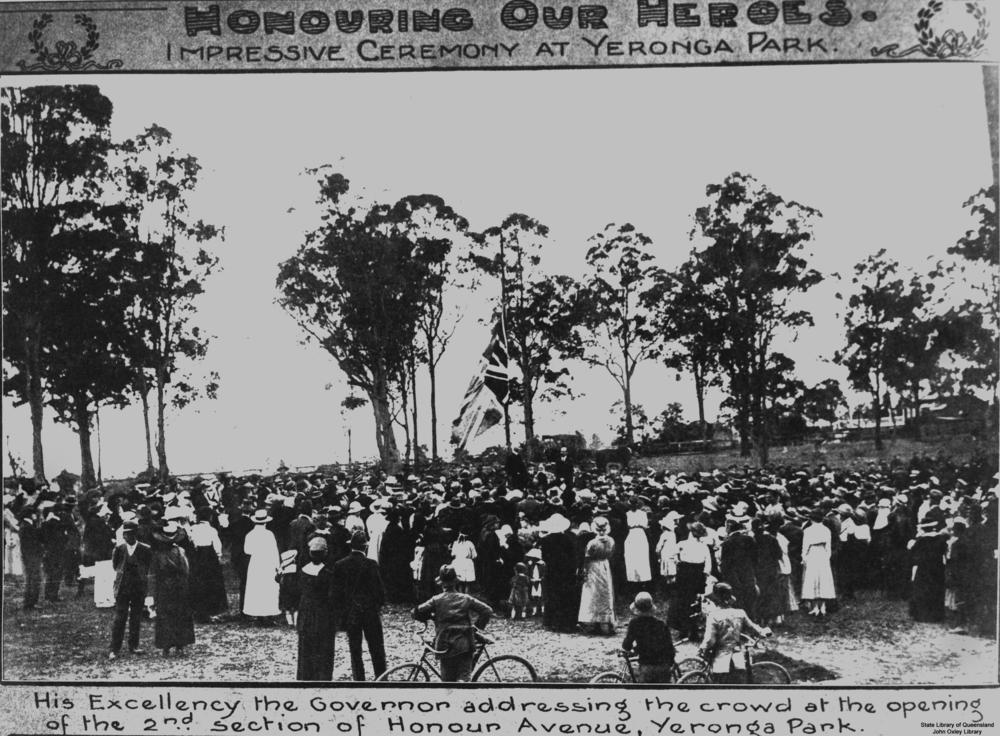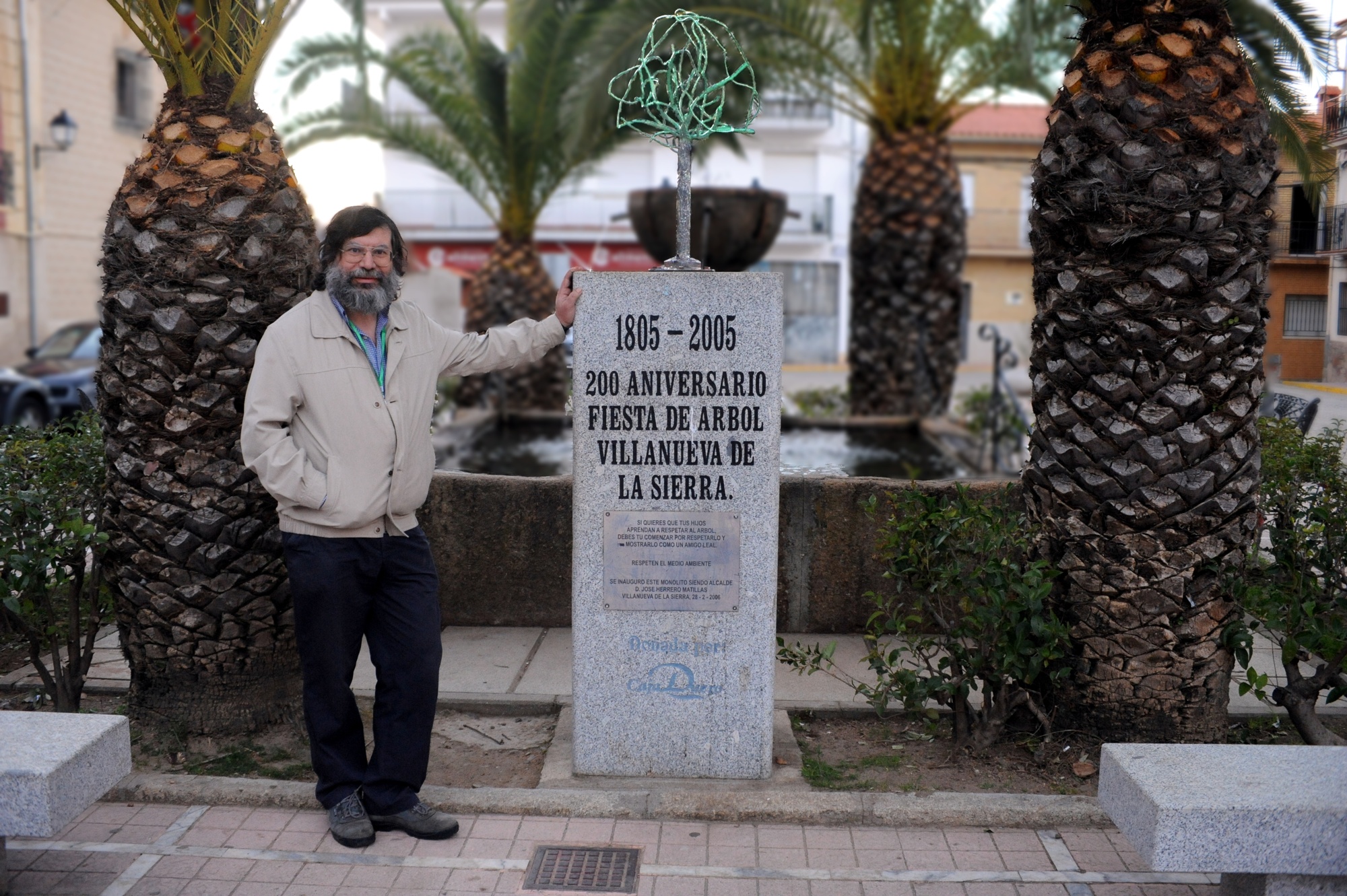|
Yeronga State School
Yeronga State School is a heritage-listed state school at 150 Park Road, Yeronga, City of Brisbane, Queensland, Australia. Its buildings were designed by Department of Public Works (Queensland), Thomas Robert Gladwin and Boulton & Paul Ltd and built from 1892 to 1960. It was added to the Queensland Heritage Register on 11 March 2016. History Yeronga State School opened in February 1871 as Boggo Primary School, to accommodate the growing population of a previously rural district on the southern outskirts of Brisbane. To serve the school's growing pupil numbers, extensions were made and buildings added to the site. Yeronga State School retains: four connected sectional school buildings that were constructed in three stages (1927, 1928 and 1933); a Depression-era brick infants school building (1941); and a Boulton & Paul pre-fabricated timber-framed building (1954) with Department of Public Works (DPW) designed extensions (1954 and 1958). The school buildings are set amongst la ... [...More Info...] [...Related Items...] OR: [Wikipedia] [Google] [Baidu] |
Yeronga, Queensland
Yeronga is a southern riverside suburb in the City of Brisbane, Queensland, Australia. In the , Yeronga had a population of 6,535 people. Geography The suburb is bounded to the west and north by the Brisbane River and to the south-east by Ipswich Road. A total of 16 streets in the Yeronga West area begin with the letter O, including Orvieto Road, Orsova Road and Oriana Crescent, locally known as the 'O zone'. Many of these streets appear to be named after ships and passenger liners owned by the Orient Line, which became part of P&O. They include , , ''Ormuz'' and . Some names were used for two or more ships over time. For example the first was launched in 1911 and sunk by a torpedo in 1917, and the second was launched in 1924 and sunk in the Norwegian campaign in 1940. Four streets in Yeronga (including two forming a circuit) appear to have been named after prominent architects, being Dalton St, Grounds St, Seidler St and Utzon St. There were a series of lagoons adja ... [...More Info...] [...Related Items...] OR: [Wikipedia] [Google] [Baidu] |
New South Wales
) , nickname = , image_map = New South Wales in Australia.svg , map_caption = Location of New South Wales in AustraliaCoordinates: , subdivision_type = Country , subdivision_name = Australia , established_title = Before federation , established_date = Colony of New South Wales , established_title2 = Establishment , established_date2 = 26 January 1788 , established_title3 = Responsible government , established_date3 = 6 June 1856 , established_title4 = Federation , established_date4 = 1 January 1901 , named_for = Wales , demonym = , capital = Sydney , largest_city = capital , coordinates = , admin_center = 128 local government areas , admin_center_type = Administration , leader_title1 = Monarch , leader_name1 = Charles III , leader_title2 = Governor , leader_name2 = Margaret Beazley , leader_title3 = Premier , leader_name3 = Dominic Perrottet (Liberal) , national_representation = Parliament of Australia , national_representation_type1 = Senat ... [...More Info...] [...Related Items...] OR: [Wikipedia] [Google] [Baidu] |
Minister For Public Instruction (Queensland)
The Department of Education is a ministerial department of the Queensland Government responsible for the administration and quality of education in Queensland, Australia. The department is composed of two separate portfolios, Education Queensland and Early Childhood Education and Care (ECEC). The department also encompasses the Queensland Curriculum and Assessment Authority, a separate statutory authority responsible for creating syllabuses, curriculums, and assessment. History In 1875, the Department of Public Instruction was created, providing free, secular and compulsory education to all Queensland children. In 1957, the Department of Public Instruction was renamed to the Department of Education. Throughout 19901991, the Department of Education went through major restructuring following the release of the report, ''Focus on Schools''. In February 2004, the Department of Education and the Arts was created. In 200607, the Department of Education, Training and the Art ... [...More Info...] [...Related Items...] OR: [Wikipedia] [Google] [Baidu] |
Trams In Brisbane
The Brisbane tramway network served the city of Brisbane, Australia, between 1885 and 1969. It ran on standard gauge track. The electric system was originally energised to 500 volts, and subsequently increased to 600 volts. All tramcars built in Brisbane up to 1938 had an open design. This proved so popular, especially on hot summer nights, that the trams were used as fundraisers and often chartered right up until the last service by social groups. Most trams operated with a two-person crew – a driver (or motorman) and a conductor, who moved about the tram collecting fares and issuing tickets. The exceptions to this arrangement were on the Gardens line (Lower Edward Street) where the short duration of the trip meant it was more effective for passengers to simply drop their fare into a fare box as they entered the tram; and the "one man cars" which operated in the early 1930s (see below). The peak year for patronage was in 1944–45 when almost 160 million passengers were carr ... [...More Info...] [...Related Items...] OR: [Wikipedia] [Google] [Baidu] |
Government Of Queensland
The Queensland Government is the democratic administrative authority of the States and territories of Australia, Australian state of Queensland. The Government of Queensland, a parliamentary system, parliamentary constitutional monarchy was formed in 1859 as prescribed in its Constitution of Queensland, Constitution, as amended from time to time. Since the Federation of Australia in 1901, Queensland has been a States and territories of Australia, State of Australia, with the Constitution of Australia regulating the relationships between all state and territory governments and the Australian Government. Under the Australian Constitution, all states and territories (including Queensland) Section 51 of the Constitution of Australia, ceded powers relating to certain matters to the federal government. The government is influenced by the Westminster system and Federalism in Australia, Australia's federal system of government. The Governor of Queensland, as the representative of Charles ... [...More Info...] [...Related Items...] OR: [Wikipedia] [Google] [Baidu] |
1893 Brisbane Flood
The 1893 Brisbane flood, occasionally referred to as the Great Flood of 1893 or the Black February flood, occurred in 1893 in Brisbane, Queensland, Australia. The Brisbane River burst its banks on three occasions in February 1893. It was the occurrence of three major floods in the same month that saw the period named "Black February". There was also a fourth flood later in the same year in June. The river runs through the centre of Brisbane with much of the population living in areas beside the river. It first flooded on February 6 due to a deluge associated with a tropical cyclone, called "Buninyong".Coenraads (2006), 320.Windworker (n.d.) The second cyclone struck on 11 February, causing relatively minor flooding compared to the first flood. When the third cyclone came on 19 February, it was almost as devastating as the first, and it left up to one third of Brisbane's residents homeless. This time however the flood in the Brisbane River was largely from waters from the upper ... [...More Info...] [...Related Items...] OR: [Wikipedia] [Google] [Baidu] |
Arbor Day
Arbor Day (or Arbour in some countries) is a secular day of observance in which individuals and groups are encouraged to plant trees. Today, many countries observe such a holiday. Though usually observed in the spring, the date varies, depending on climate and suitable planting season. Origins and history First Arbor Day The Spanish village of Mondoñedo held the first documented arbor plantation festival in the world organized by its mayor in 1594. The place remains as Alameda de los Remedios and it is still planted with lime and horse-chestnut trees. A humble granite marker and a bronze plate recall the event. Additionally, the small Spanish village of Villanueva de la Sierra held the first modern Arbor Day, an initiative launched in 1805 by the local priest with the enthusiastic support of the entire population. First American Arbor Day The first American Arbor Day was originated by J. Sterling Morton of Nebraska City, Nebraska, at an annual meeting of the Nebr ... [...More Info...] [...Related Items...] OR: [Wikipedia] [Google] [Baidu] |
Yeronga Park
Yeronga Memorial Park is a heritage-listed park at Ipswich Road, Yeronga, City of Brisbane, Queensland, Australia. The park has an area of and is one of the oldest in Brisbane, having been established in 1882, and has been a World War I memorial since 1917. It was added to the Queensland Heritage Register on 2 December 2005. History Yeronga Memorial Park is bounded by Ipswich Road to the east, Villa Street to the north, Park Road to the west, and School Road to the south. Its evolution has reflected the development of Yeronga and a number of important themes and events in Queensland's history. The area was inhabited by the Coorparoo or Yerongpan clans of the Jagera tribe before the arrival of Europeans, and continued to be used by them for some time after the establishment of a convict settlement Brisbane in 1824. The area was then used by Europeans to depasture sheep from the Government Farm in Oxley. Development of the Darling Downs made the Ipswich Road the main rout ... [...More Info...] [...Related Items...] OR: [Wikipedia] [Google] [Baidu] |
Yeronga Railway Station
Yeronga railway station is located on the Beenleigh line in Queensland, Australia. It serves the Brisbane suburb of Yeronga. In September 1930, the standard gauge New South Wales North Coast line opened to the west of the station. In 1995, as part of the construction of the Gold Coast line, the standard gauge line was converted to dual gauge. Services Yeronga station is served by all stops Beenleigh line services from Beenleigh, Kuraby and Coopers Plains to Bowen Hills and Ferny Grove. Until June 2011, Yeronga was also served by services to Corinda via the Yeerongpilly-Corinda line. TransLink Cross River Rail As a part of Cross River Rail, Yeronga and 7 other stations will be reb ...[...More Info...] [...Related Items...] OR: [Wikipedia] [Google] [Baidu] |
South Brisbane Railway Station
South Brisbane railway station is a heritage-listed railway station at 133 Grey Street, South Brisbane, City of Brisbane, Queensland, Australia. It is one of two stations serving the South Brisbane area, the other being South Bank. It was built from 1891 to 1918, making it the second oldest railway station in central Brisbane. It is also known as Cultural Centre Station, Melbourne Street Station, and South Brisbane (Interstate) Station. It was added to the Queensland Heritage Register on 21 October 1992. Services South Brisbane station is served by Beenleigh, Cleveland and Gold Coast railway lines. Services by platform Transport links Adjacent to the station lies the Cultural Centre busway station that is served by Brisbane Transport services. Adjacent attractions The station is very convenient to the Queensland Cultural Centre, including the Queensland Museum, the Queensland Performing Arts Centre, and the State Library. The station is also very conveniently located to the ... [...More Info...] [...Related Items...] OR: [Wikipedia] [Google] [Baidu] |
Corinda Railway Station
Corinda railway station is located on the Main line in Queensland, Australia. It serves the Brisbane suburb of Corinda. History Corinda station opened in 1875 as South Brisbane Junction, being renamed Corinda in 1888. In 1884, a branch line was built from Corinda to the South Brisbane wharves. The branch line is now known as the Corinda-Yeerongpilly line. The station was rebuilt in 1960 as part of the quadruplication of the line from Roma Street. In 2010, the quadruplication was extended to Darra as part of the construction of the Springfield line. Services Corinda is served by City network services operating from Nambour, Caboolture, Kippa-Ring and Bowen Hills to Springfield Central, Ipswich and Rosewood. During peak hours, trains ran between Central and Corinda via Tennyson, Yeerongpilly and the Corinda-Yeerongpilly line until replaced by Brisbane Transport's route 104 in June 2011. Corinda is also served by Queensland Rail Travel's twice weekly '' Westlander'' ... [...More Info...] [...Related Items...] OR: [Wikipedia] [Google] [Baidu] |








.jpg)